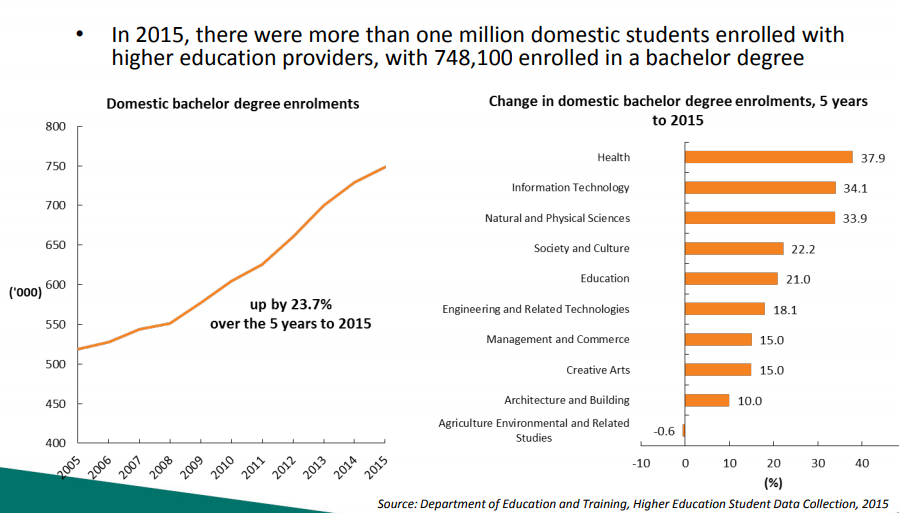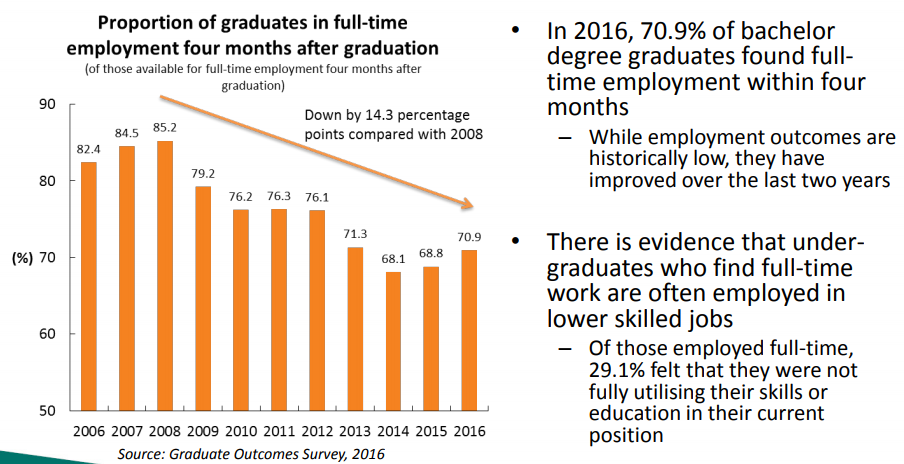After its previous university funding reforms were blocked in the Senate, the Turnbull Government is considering alternative funding cuts that can be implemented without legislation as part of its Mid-Year Economic & Fiscal Outlook (MYEFO). From The AFR:
The Australian Financial Review understands the Mid-Year Economic and Fiscal Outlook (MYEFO) will make good on a threat issued earlier this year to the university sector that if the budget measures were blocked in the Senate, the government would seek other savings that do not require legislation. These could include capping funding for student places, targeting research or freezing indexation for funding.
…the university sector signalled on Wednesday it would fight any alternative cuts for which it has been bracing ever since the Senate blocked the budget measures. The sector estimated the government could raise up to $2.3 billion in unlegislated cuts.
“Any sneaky pre-Christmas cuts made to universities will simply confirm what we have known all along – that the failed attempt by the government to get a so-called reform package through the Parliament was never about reforming Australia’s university sector,” said Group of Eight chief executive Vicki Thomson.
“It was simply a cash grab to find savings from the very sector which contributes billions to our economy by way of international education exports, research which supports our innovation economy and the skilled workforce which underpins the economy.
There are strong reasons to dial back funding to universities.
First, there are simply too many students studying a university degree, thanks in part to the uncapping of university places beginning in 2010:

This has led to a significant oversupply of graduates and poor employment outcomes:

Second, HELP bad debts currently stand at around $50 billion, and there has been an explosion of funding going towards universities (in contrast to vocational education and training):
For mine, the uncapping of university places starting in 2010 is the main driver of the current problems afflicting Australia’s university system. It has facilitated a form of ‘quantitative easing’, whereby the universities have lowered entrance scores and printed as many degrees as possible to accumulate Commonwealth government funding through HELP/HECS loans, as well as sell as many degrees as possible to foreign students.
This government-induced demand means that universities have flooded the market with so many graduates that a university degree has lost its value, despite the significant cost to both students and the Budget.
Given the abject failures of the demand-driven system, I believe that policy should first and foremost look to restrict federal funding and adopt a merit-based system that rations the number of university places based on a detailed assessment of the economy’s needs. This would also reduce funding to the university sector, thus achieving the Coalition’s Budget savings goals.

